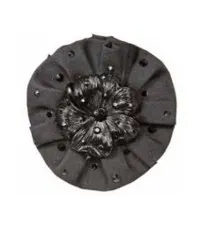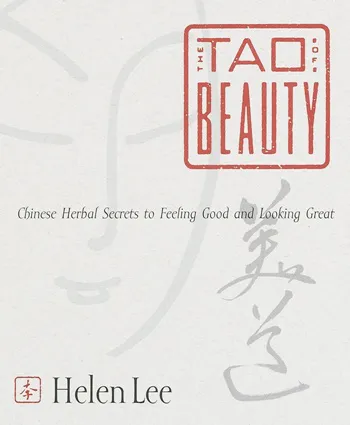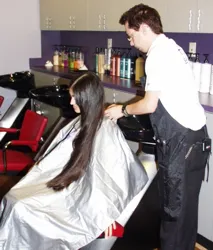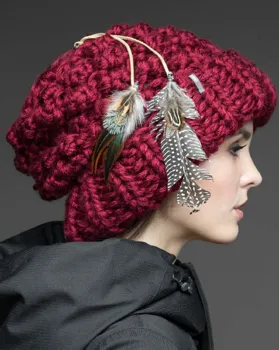
Black Henna Dangers Due To PPD
Henna has many traditional and commercial uses, the most common being as a dye for hair, skin and fingernails, as a dye and preservative for leather and cloth, and as an anti-fungal.While traditional henna used for hair dyes is generally considered safe, "black henna" which is created by combining traditional henna with para-phenylenediamine (PPD) and used on the skin for temporary body art, sometimes known as a Mehndi Tattoo, is not only illegal in the United States but it can cause dangerous, possibly life threatening reactions.
Madonna at one point was known to exhibit Mehndi Tattoo body art as a form of decoration.
Rise of Black Henna
In the 1990s, henna artists in Africa, India, the Arabian Peninsula and the West began to experiment with para-phenylenediamine (PPD) based black hair dye, applying it as a thick paste as they would apply henna, in an effort to find something that would quickly make jet black temporary body art.
Unknown to many consumers who were taken with the beautiful body art, they did not know that PPD can cause severe allergic reactions, with blistering, intense itching, permanent scarring, and permanent chemical sensitivities.
Expert estimates of allergic reactions range between 3% and 15%. Henna that is not mixed with PPD does not cause these injuries. On the other hand, henna boosted with PPD can cause lifelong health damage.
Black Henna Is Illegal
Para-phenylenediamine is illegal for use on skin in western countries, though enforcement is lax. When used in hair dye, the PPD amount must be below 6%, and application instructions warn that the dye not touch the scalp and the dye must be quickly rinsed away.
“Black henna” pastes have PPD percentages from 10% to 60%, and are left on the skin for half an hour.
Henna As A Hair Dye & Other Uses
Henna was used as a hair dye in Indian court records around 400 CE, in Rome during the Roman Empire, and in Spain during Convivienca.
While the United States Food and Drug Administration has not approved henna for direct application to the skin. It is unconditionally approved as a hair dye, and can only be imported for that purpose. Even though henna is approved as a hair dye, it may still contain some PPD although instructions for hair dye use advise against it touching the skin or the scalp.
However, anyone with known PPD allergies should be aware of using regular henna if it contains PPD since an allergic reaction may still occur.
Black Henna Body Art Use In Tourist Areas
Para-phenylenediamine “black henna” use is widespread, particularly in tourist areas. Because the blistering reaction appears 3 to 12 days after the application, most tourists have left and do not return to show how much damage the artist has done.
This permits the artists to continue injuring others, unaware they are causing severe injuries. The high profit margins of ‘black henna” and the demand for body art that emulates “tribal tattoos” further encourage artists to ignore the dangers. It is not difficult to recognize and avoid para-phenylenediamine “black henna”:
- if a paste stains torso skin black in less than ½ hour, it has PPD in it, and little or no henna.
- if the paste is mixed with peroxide, or if peroxide is wiped over the design to bring out the color, it has PPD in it, and little or no henna.
PPD sensitivity is lifelong, and once sensitized, the use of synthetic hair dye can be life-threatening. These injuries are not caused by henna, and a person can use henna as hair dye.
The fast black stains of “black henna” are not made with henna, but are from p-phenylenediamine. This can cause severe allergic reactions and permanent scarring. No henna can make a black stain on a torso in ½ hour. P-phenylenediamine can stain skin black quickly, but the FDA specifically forbids PPD to be used for that purpose.
Henna imported into the USA which appears to be for use as body art is subject to seizure, and at present it is illegal to use henna for body art in the U.S., though prosecution is rare.
For more informatio regarding Black Henna and Mehndi Tattoos refer to:
Mehndi Tattoo Body Art
Black HennaAlso refer to:
Non Toxic Hair Color Factsand
Hair Color Disasters: Allergic ReactionsSocial Media Network Information
Please follow us on Twitter at: https://Twitter.com/HairBoutique. I look forward to meeting new people from all walks of Twitter and learning from their Tweets.
















